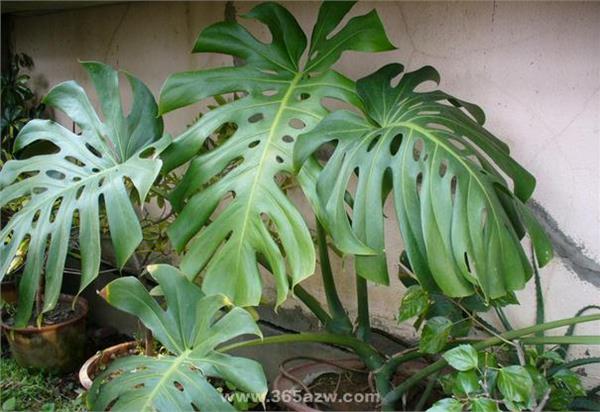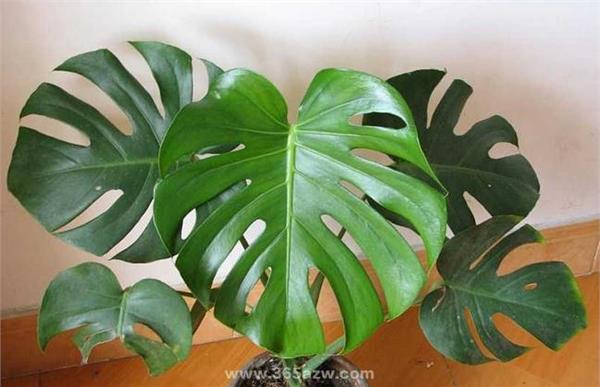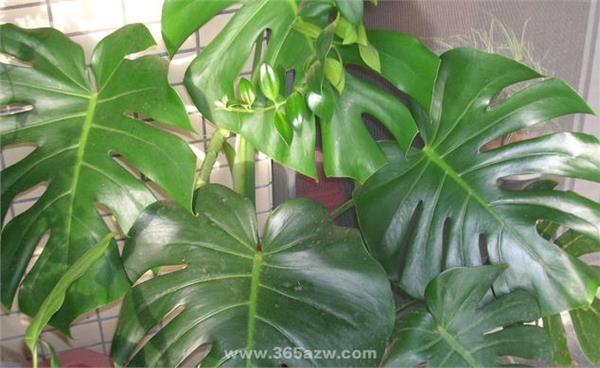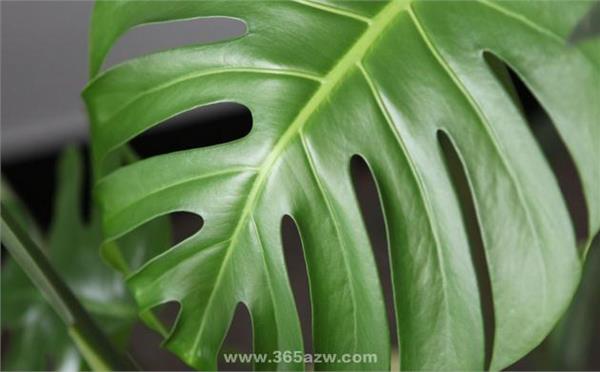Culture method of Phyllostachys pubescens
Many friends do not have a special understanding of the breeding method of tortoise back bamboo, and there are often problems when breeding turtle back bamboo. Today, let's briefly introduce the culture method of tortoise back bamboo, let's take a look at it.

Morphological characteristics of Phyllostachys pubescens
Stem green, stout, circumferential ring, remaining smooth petiole green. Leaf blade large, cordate-ovate in outline, thickly leathery, surface shiny, light green, abaxially green-white. Flame bracts thickly leathery, broadly ovate, boat-shaped, suberect. Fleshy inflorescences subterete, yellowish. Stamens filaments linear. Pistil turbinate, yellow, slightly raised. The berries are yellowish with bluish purple spots around the stigma. The flowering period is from August to September, and the fruit is ripe after the anthesis.

The function of tortoise back bamboo
The plant shape of tortoise back bamboo is very beautiful, the leaf shape is strange, it is turquoise all the year round, the air root is very long, it can be coiled, it is quite interesting, and it gives people a special sense of beauty. it is a leader in foliage flowers. Large turtle-backed bamboo plants are suitable for large-scale display in foyer, living room and conference room, and small and medium-sized plants are suitable for home display, so that the environment has an elegant atmosphere. Some places are planted beside trees or in some shady places such as the corner of the house, allowing them to grow and climb, and grow very luxuriantly.
The inflorescence of meat spike is fresh and juicy, and it is eaten as a high-quality vegetable in the origin of tortoise back bamboo, cool and refreshing. The yellow bracts outside the inflorescence are quite thick and can be eaten raw or fried. The flavor of tortoise back bamboo berries is excellent, can be eaten as a fruit, taste similar to pineapple, but also can be made into a drink to drink, excellent taste.

Culture method of tortoise back bamboo
1. Soil selection
The tortoise back bamboo is not too strict on the soil, and it is suitable for the loose and fertile soil. Pot culture is usually made of 3 parts of rotten leaf soil, 3 parts of compost soil and 4 parts of river sand, or 2 parts of mature loess, 1 part of honeycomb coal ash and 1 part of chicken manure.
2. Watering method
Summer and autumn is the peak growing season, watering once or twice a day, always keep the basin soil moist, and spray water to and around the leaves every day to keep the leaves fresh and green.
3. Fertilization method
Phyllostachys pubescens is a more fertilizer-tolerant foliage plant. During the growing period, nitrogen fertilizer can be applied once or twice a month, and be careful not to let the fertilizer liquid stain the foliar surface. Tortoise back bamboo roots are relatively tender, do not apply raw fertilizer and thick fertilizer, so as not to burn roots.

4. Lighting management
Tortoise back bamboo is a shade-tolerant foliage plant, which can be placed in the window ventilation place for a long time. Shading facilities should be set up for large-scale production. 50% shading net can be used, especially sowing seedlings and stilts into live seedlings. Avoid direct sunlight to avoid leaf burns. Molded plants should also pay attention to shading in midsummer, otherwise the leaves are aging, lack of natural luster, affect the ornamental value, and can be placed in indoor sunshine in winter.
5. the method of setting up a frame and binding.
The stems and leaves of the tortoise back bamboo are large, especially when the ramet of the adult plant, it is necessary to set up a frame and tie it so as not to lodge and deform. The bracket is removed after the sentence is to be determined. When the stem node leaves grow too densely and the branches grow too long, pay attention to the pruning of the whole plant.
- Prev

Introduction to the method of hydroponic cultivation of green pineapple
Introduction to the method of hydroponic cultivation of green pineapple
- Next

Is it difficult to cultivate arrow lotus? what if the arrow lotus does not blossom
Is it difficult to cultivate arrow lotus? what if the arrow lotus does not blossom
Related
- Wuhan Hospital Iron Tree Blooming Result Was Instantly Frightened by the Gardener Master
- Which variety of camellia is the most fragrant and best? Which one do you like best?
- What is the small blue coat, the breeding methods and matters needing attention of the succulent plant
- Dormancy time and maintenance management of succulent plants during dormancy
- Minas succulent how to raise, Minas succulent plant pictures
- What are the varieties of winter succulent plants
- How to raise succulent plants in twelve rolls? let's take a look at some experience of breeding twelve rolls.
- Attention should be paid to water control for succulent plants during dormant period (winter and summer)
- Watering experience of twelve rolls of succulent plants
- Techniques for fertilizing succulent plants. An article will let you know how to fertilize succulent plants.

